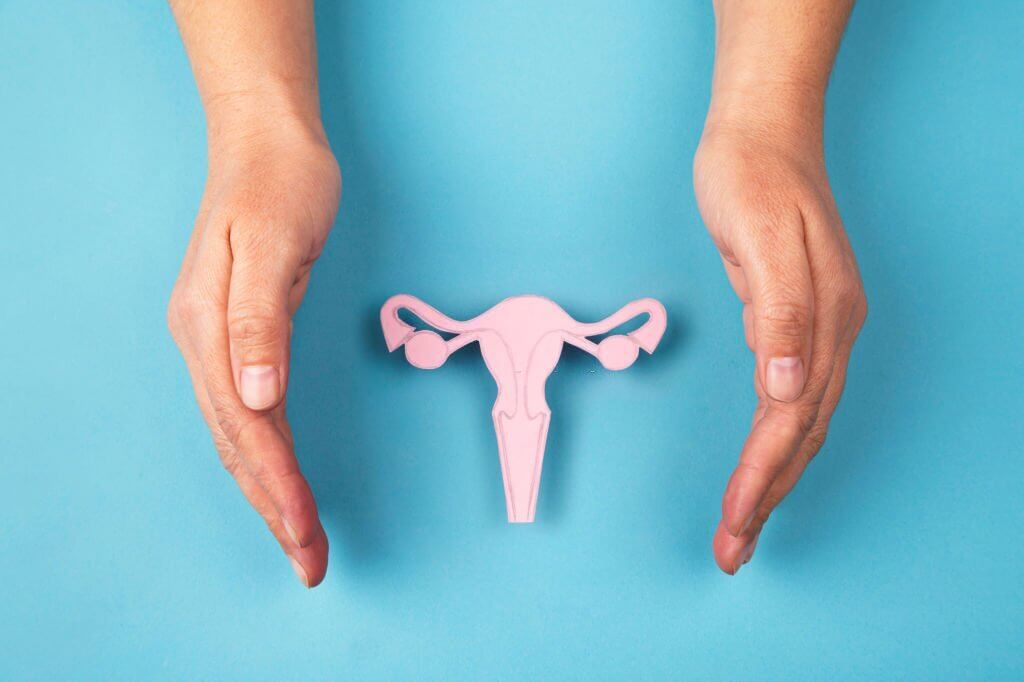Cervical Cancer 101: Symptoms, Causes, Screening Tests, Treatment and Prevention Strategies

Cervical cancer is one of the most preventable and treatable cancers if detected early. Yet it remains a leading cause of cancer death in women globally, highlighting disparities in screening access. This article provides an overview of cervical cancer, including its causes, risk factors, screening guidelines, symptoms, stages, treatment options, survival rates and prevention strategies.
What is cervical cancer?
Cervical cancer starts in the cells lining the cervix, which is the lower, narrow part of the uterus. The cervix connects the uterus to the vagina. Cervical cancer is caused by certain high-risk types of human papillomavirus (HPV). HPV is a common virus transmitted through sexual contact. While most HPV infections resolve on their own, some high risk types of HPV can develop into precancerous lesions that may progress to advanced cervical cancer if not treated.
Cervical cancer tends to develop slowly over time. It starts with precancerous changes that may develop into cancer if left untreated. Regular screening with Pap tests or HPV tests can detect precancerous changes early, when they can be effectively treated to prevent cancer. Pap tests (also called Pap smears) look for precancerous cell changes on the cervix that may become cervical cancer if not treated appropriately. HPV tests look for the virus that can cause these cell changes.
What are the risk factors and symptoms of cervical cancer?
The main risk factors for cervical cancer include:
-
-> Infection with certain types of HPV, especially high-risk types 16 and 18. HPV is transmitted through sexual contact and most sexually active people are infected at some point.
-
-> Smoking - chemicals from cigarettes have been found in the cervical mucus of smokers.
-
-> Having a weakened immune system - women with HIV or who take immunosuppressant medications are at higher risk.
-
-> Multiple sexual partners and first sexual contact at an early age.
-
-> Chlamydia infection, which can cause inflammation and scarring.
-
-> Family history of cervical cancer.
-
-> Taking birth control pills for a long time.
Early cervical cancer usually doesn't cause symptoms. As the cancer progresses, symptoms may include:
-
-> Vaginal bleeding after sex, between periods, or after menopause
-
-> Watery or bloody vaginal discharge that may be heavy and foul-smelling
-
-> Pain during sex
-
-> Abnormal vaginal bleeding, such as periods that are heavier or last longer than usual
When cervical cancer invades nearby tissue, additional symptoms may include:
-
-> Pelvic or back pain
-
-> Weight loss
-
-> Fatigue
-
-> Leg swelling
-
-> Loss of appetite
-
-> Leakage of urine or feces from the vagina
What screening tests detect cervical cancer?
Regular screening is key to preventing cervical cancer or detecting it at an early, treatable stage. Screening tests include:
-
-> The Pap test examines cells scraped from the cervix for precancerous changes that may lead to cancer if untreated. It is often done along with an HPV test.
-
-> The HPV test looks for the virus that can cause precancerous cervical cell changes.
The American Cancer Society recommends:
-
-> Starting screening with Pap tests at age 21. From ages 21 to 29, a Pap test should be done every 3 years.
-
-> Starting at age 30, Pap and HPV tests can be done together every 5 years. This is the preferred approach.
-
-> Another reasonable option for ages 30 to 65 is to get a Pap test alone every 3 years.
-
-> Women over age 65 who have had regular screening with normal results should not be screened further.
Screening should continue throughout a woman's life if she has a high risk of cervical cancer, such as a weakened immune system or previous abnormal Pap results.
What are the stages and treatment of cervical cancer?
Cervical cancer is divided into stages based on how far the cancer has spread. Early stage cancers confined to the cervix can often be cured. Later stages are less likely to be curable.
Stage 0: Precancerous cell changes called carcinoma in situ.
Stage I: Cancer is only in the cervix.
Stage II: Cancer has spread beyond the cervix to areas around the uterus.
Stage III: Cancer has spread to the lower part of the vagina or pelvis.
Stage IV: Cancer has spread to nearby organs or more distant sites.
Treatment options by stage may include:
-
1. Stage 0 - Removal of abnormal tissue by cone biopsy, cryosurgery, laser surgery, or LEEP (loop electrosurgical excision procedure).
-
2. Stage I - Hysterectomy to remove the uterus and cervix. Radiation may be used after surgery.
-
3. Stage II & III - Radical hysterectomy plus pelvic radiation or radiation along with chemotherapy. Radiation and chemo may be used first to shrink the tumor.
-
4. Stage IV - Chemotherapy, radiation, or both to control symptoms and improve survival time.
What is the outlook for cervical cancer survival?
When detected at an early stage, cervical cancer is one of the most successfully treatable cancers. The 5-year relative survival rate for early stage cervical cancer is 91%. Survival rates are lower for more advanced cancers.
Regular screening with Pap and HPV tests greatly improves early detection. Vaccination against HPV also helps prevent infection with the types most likely to cause cancer. These advances have led to a significant decline in cervical cancer incidence and death rates in the United States in recent decades. However, cervical cancer remains common in developing countries lacking widespread screening programs.
How can cervical cancer be prevented?
The two main ways to prevent cervical cancer are through HPV vaccination and routine Pap/HPV screening.
HPV vaccines protect against infection with the types of HPV most likely to cause cancer. The vaccines are recommended for both girls and boys starting at ages 11-12, before exposure through sexual contact. HPV vaccination provides long-lasting protection against cervical precancers. However, screening is still recommended as the vaccines don't cover all cancer-causing types.
Regular Pap and HPV screening allows precancerous changes to be found and treated early, before they develop into cervical cancer. While screening programs have reduced cervical cancer rates where they are routinely implemented, many women still do not get regular screening. Greater efforts are needed to improve screening rates and access.
In summary, cervical cancer is preventable through HPV vaccination and treatable in its early stages through screening. Widespread adoption of these prevention strategies can greatly reduce cervical cancer incidence and mortality worldwide.
Click to View: Mantacc Cervical Swabs
References
-
1. Peirson L, Fitzpatrick-Lewis D, Ciliska D, Warren R. Screening for cervical cancer: a systematic review and meta-analysis. Syst Rev. 2013 May 24;2:35. doi: 10.1186/2046-4053-2-35. PMID: 23706117; PMCID: PMC3681632.
-
2. Sachan PL, Singh M, Patel ML, Sachan R. A Study on Cervical Cancer Screening Using Pap Smear Test and Clinical Correlation. Asia Pac J Oncol Nurs. 2018 Jul-Sep;5(3):337-341. doi: 10.4103/apjon.apjon_15_18. PMID: 29963597; PMCID: PMC5996593.
Related Posts
Everything You Need To Know About Cervical Specimen Collection
Cervical Swabs vs Vaginal Swabs for Chlamydia and Gonorrhea NAATs
Cervical Swab: A Vital Tool in Detecting Precancerous Cells
Keep Away from Cervical Cancer
At-Home HPV Testing: The Gift of Cervical Cancer Prevention









